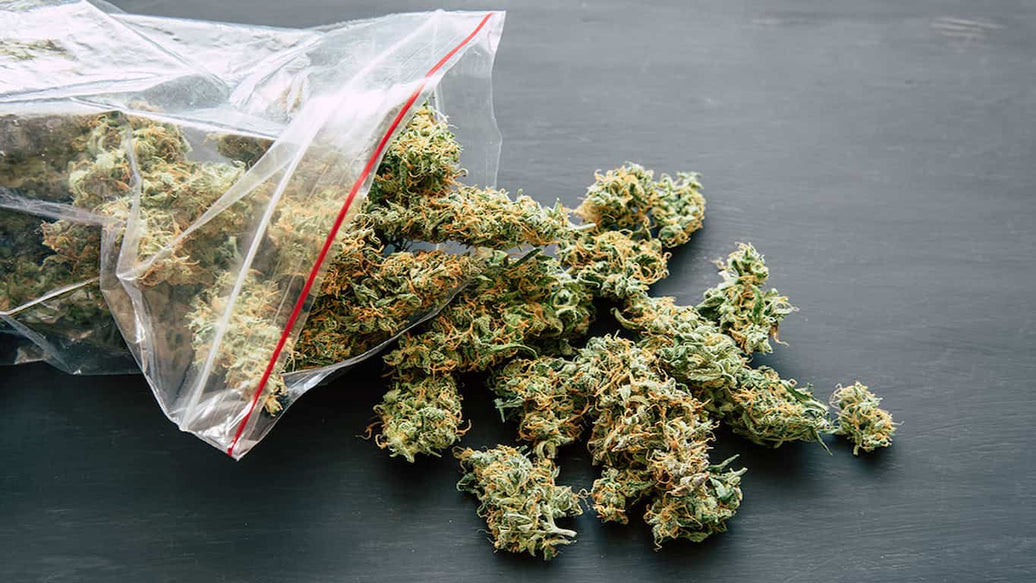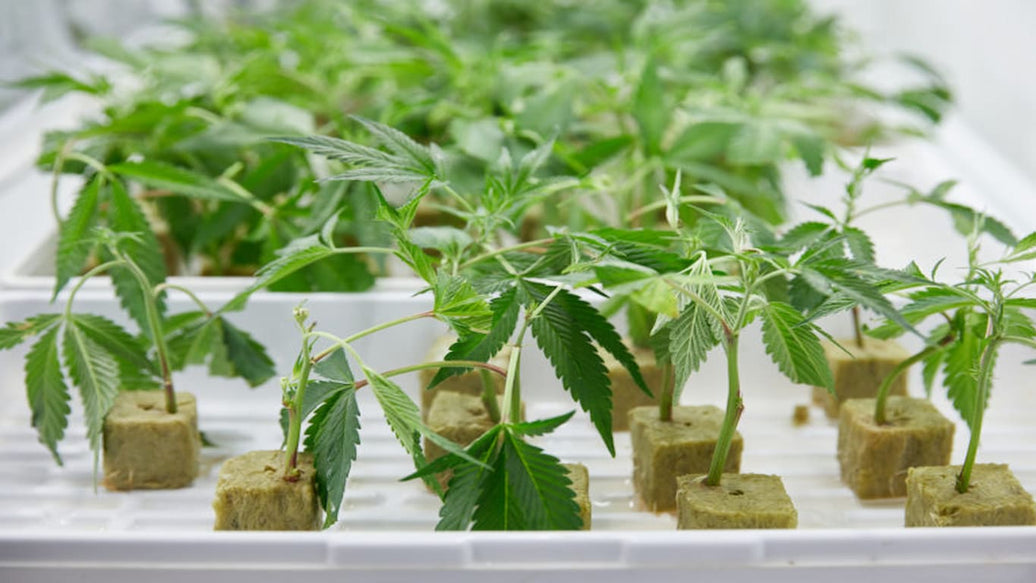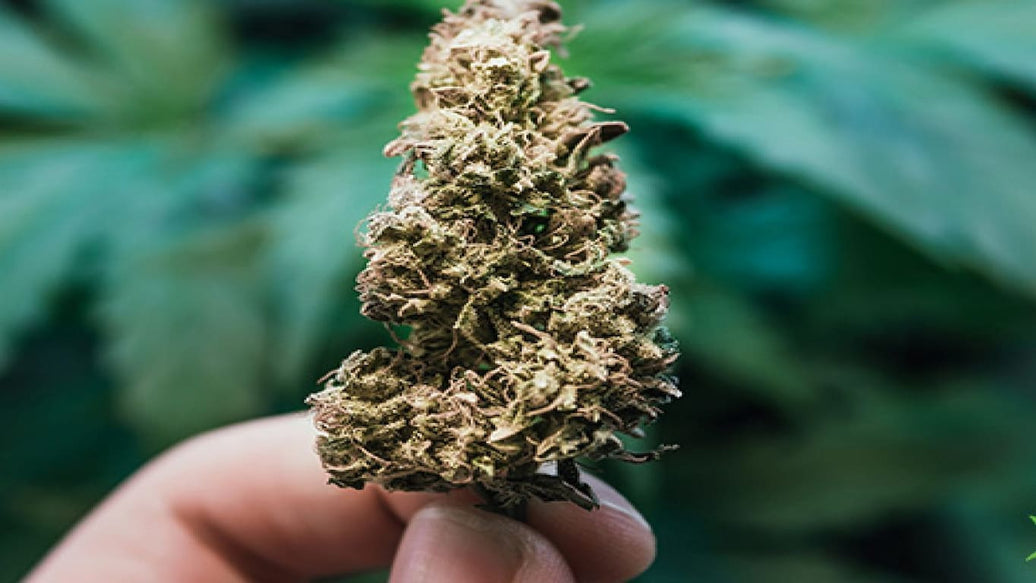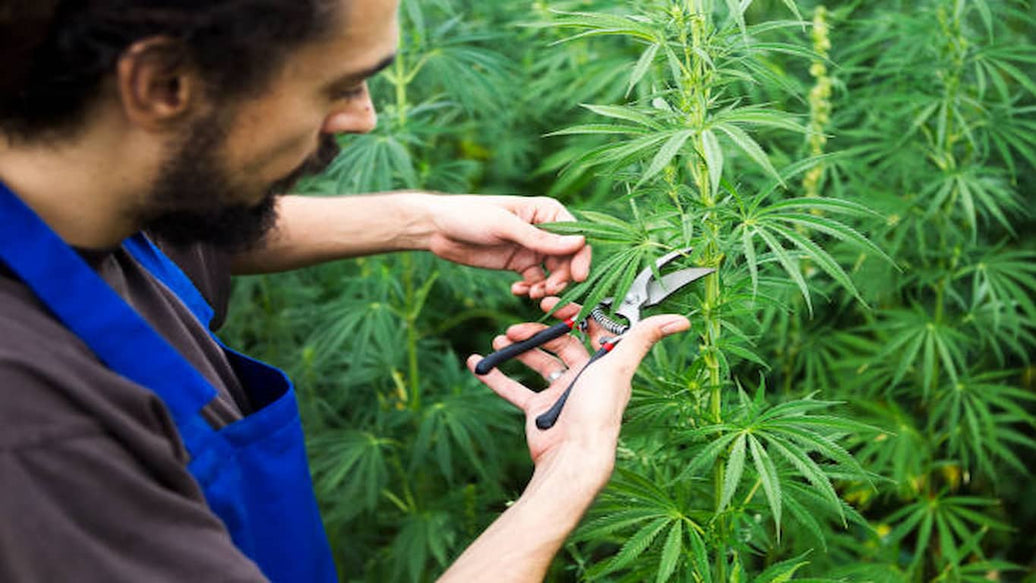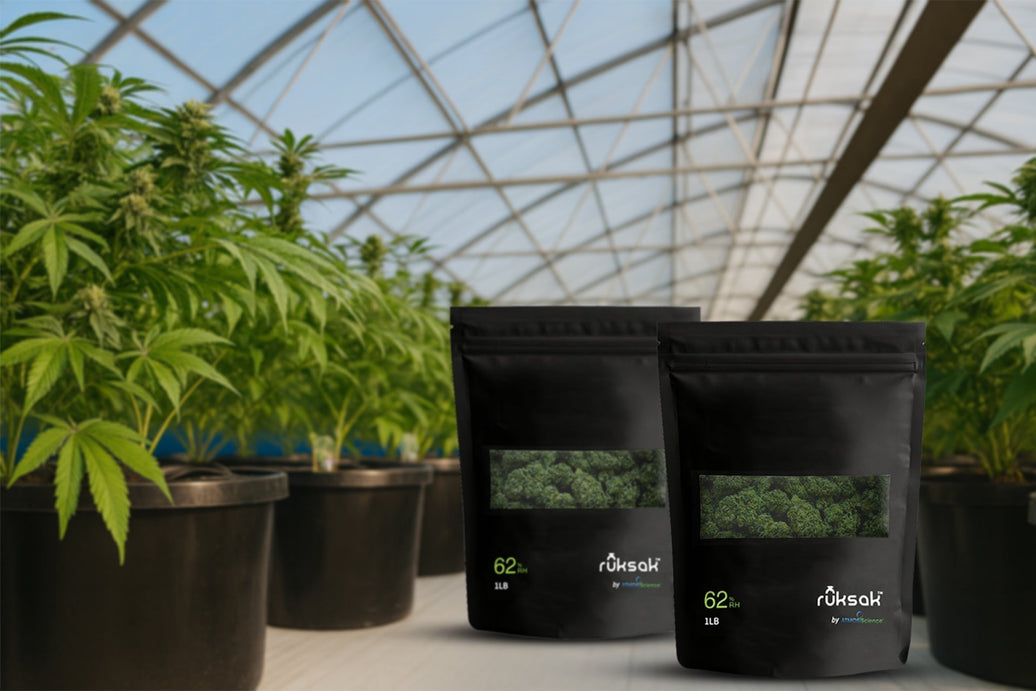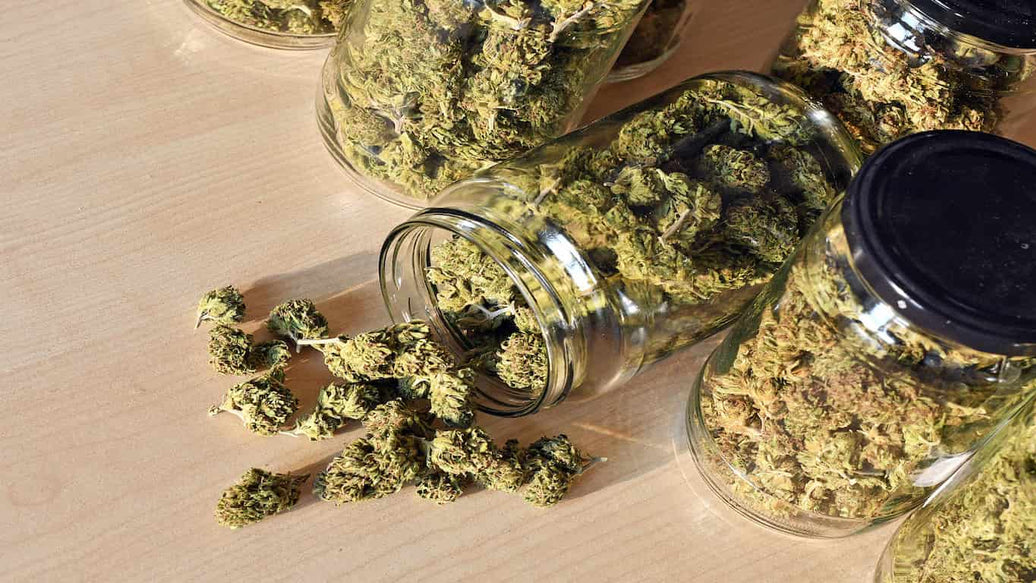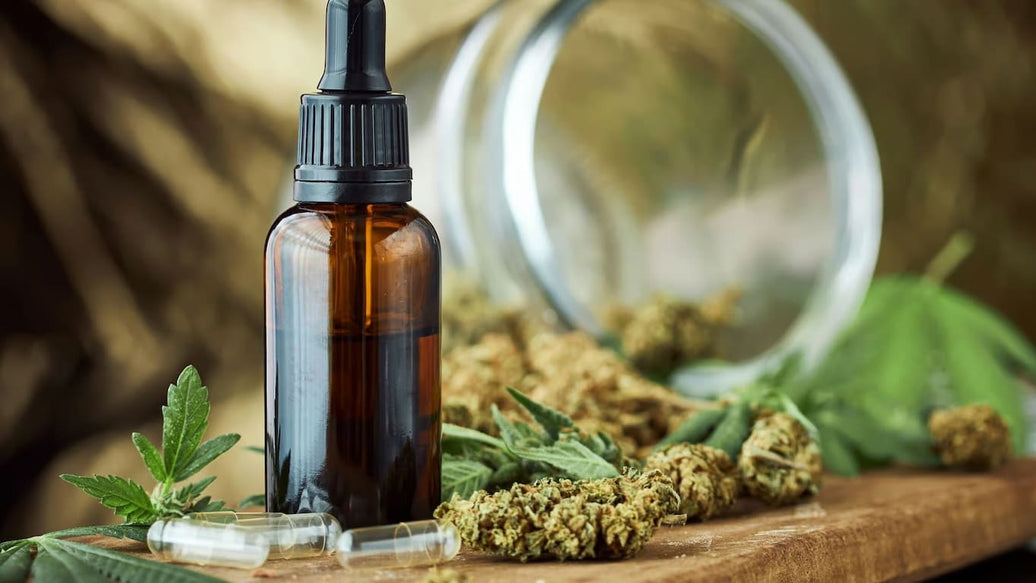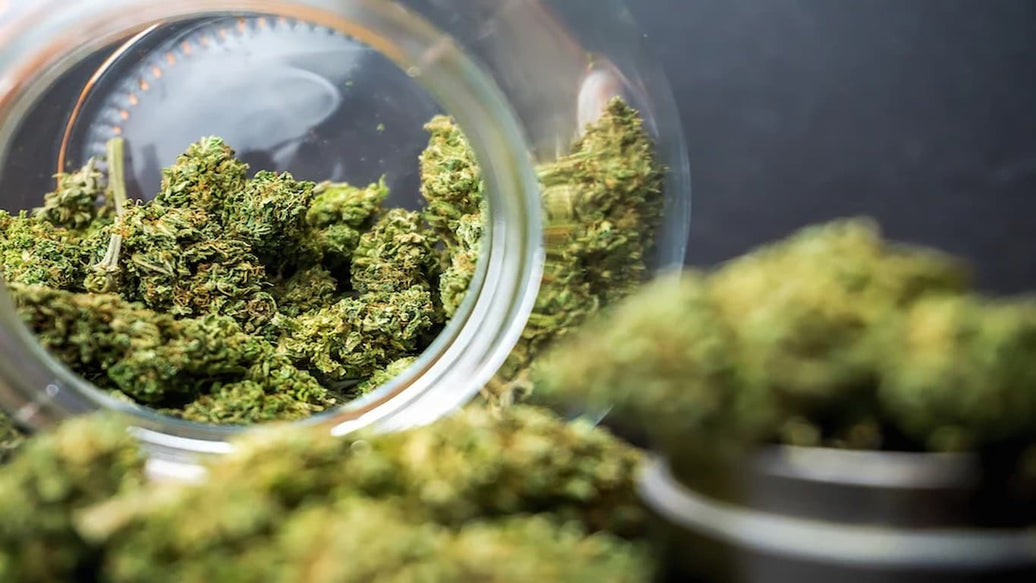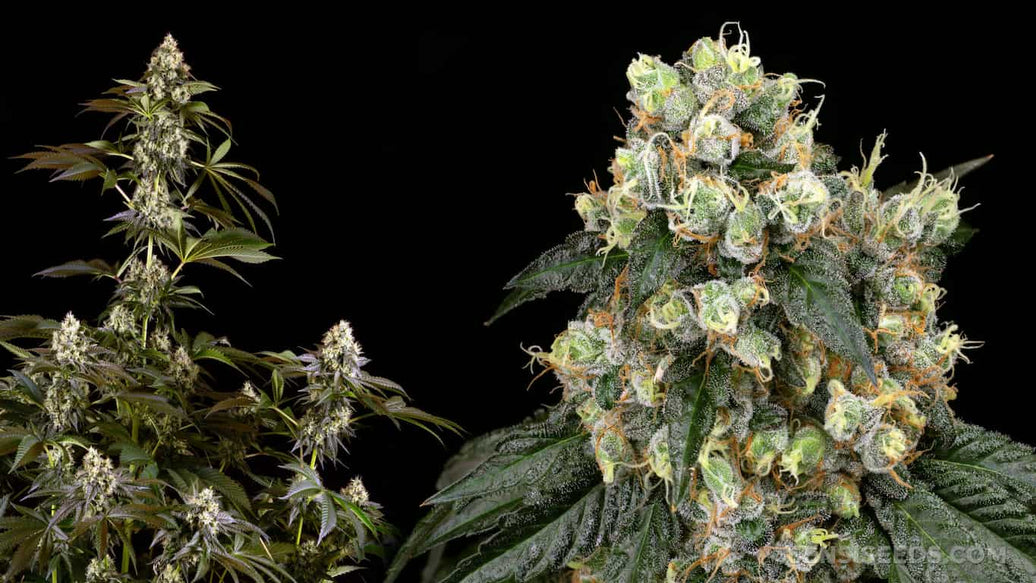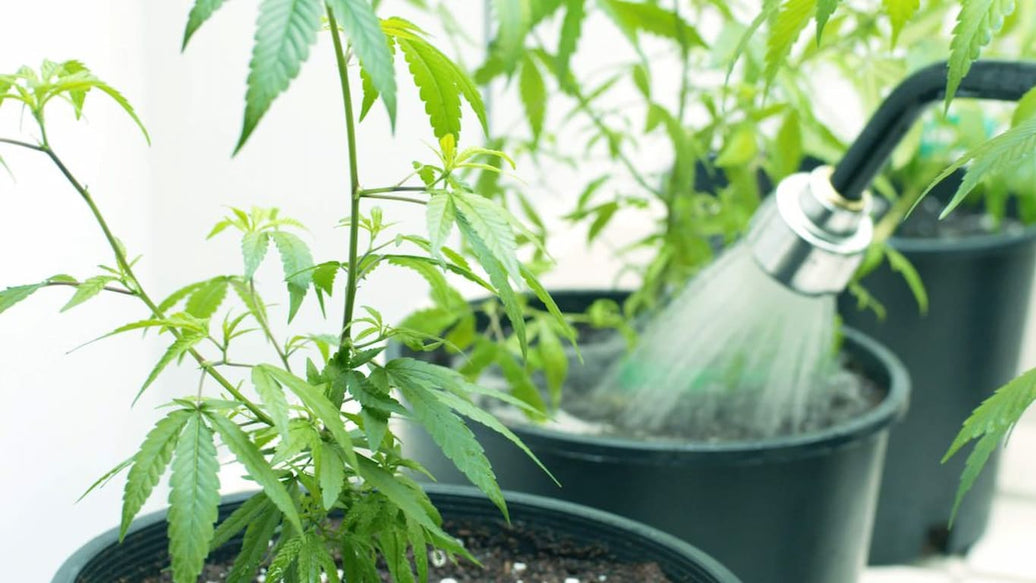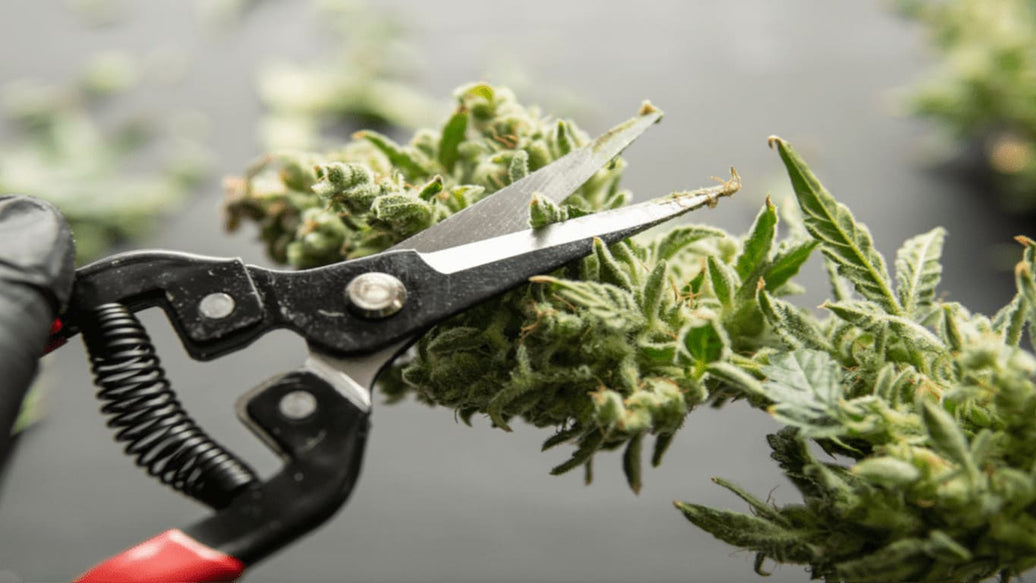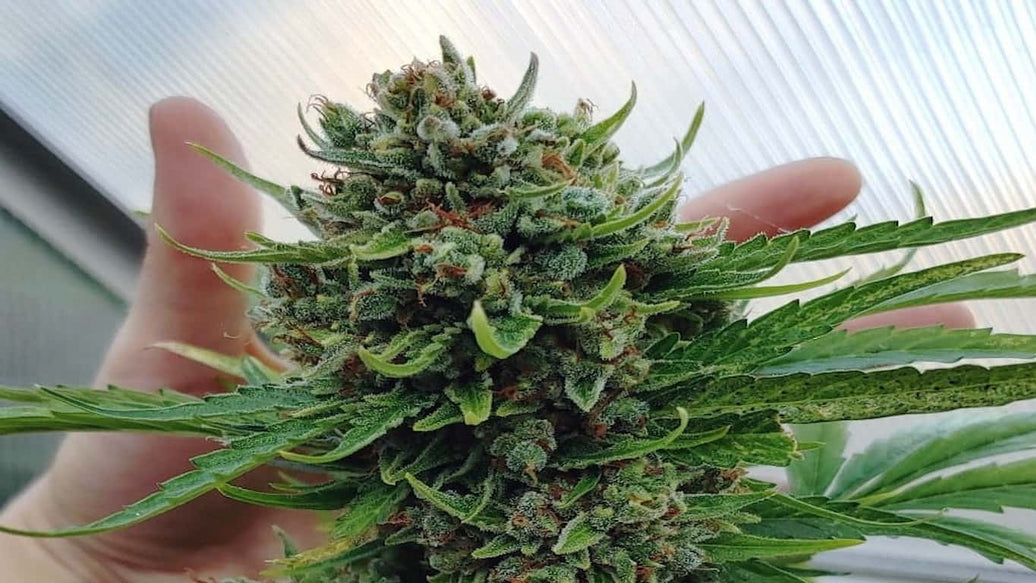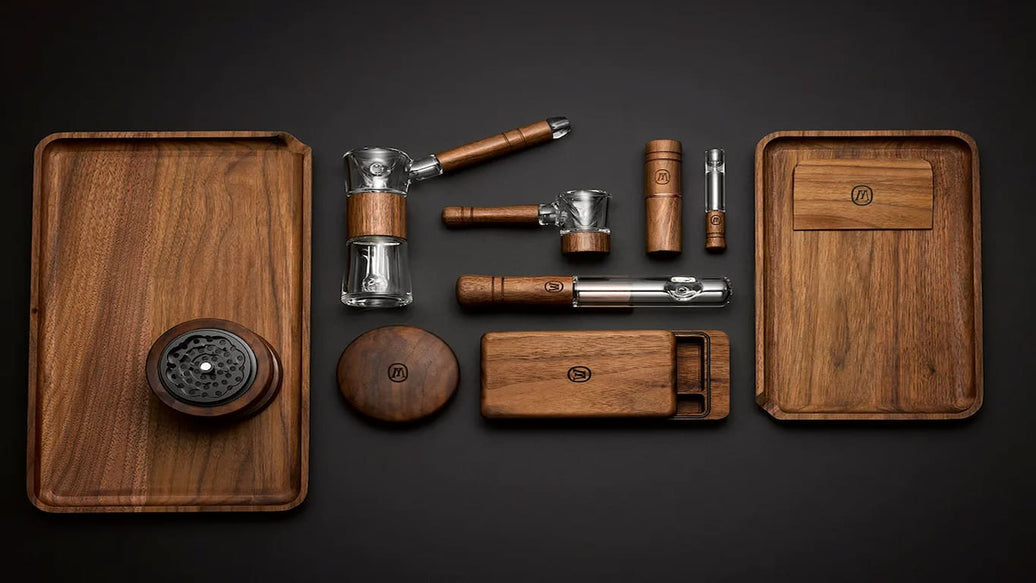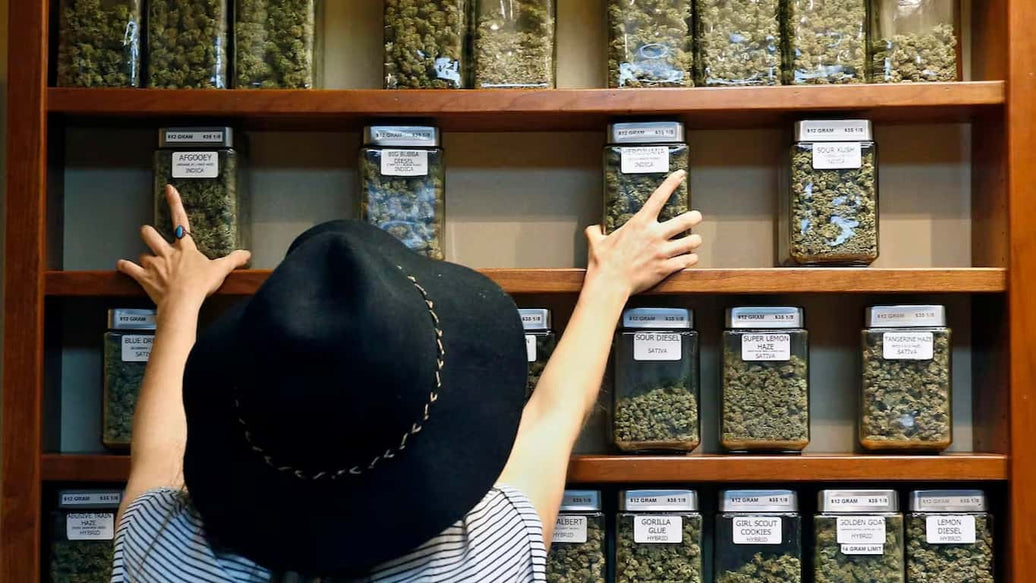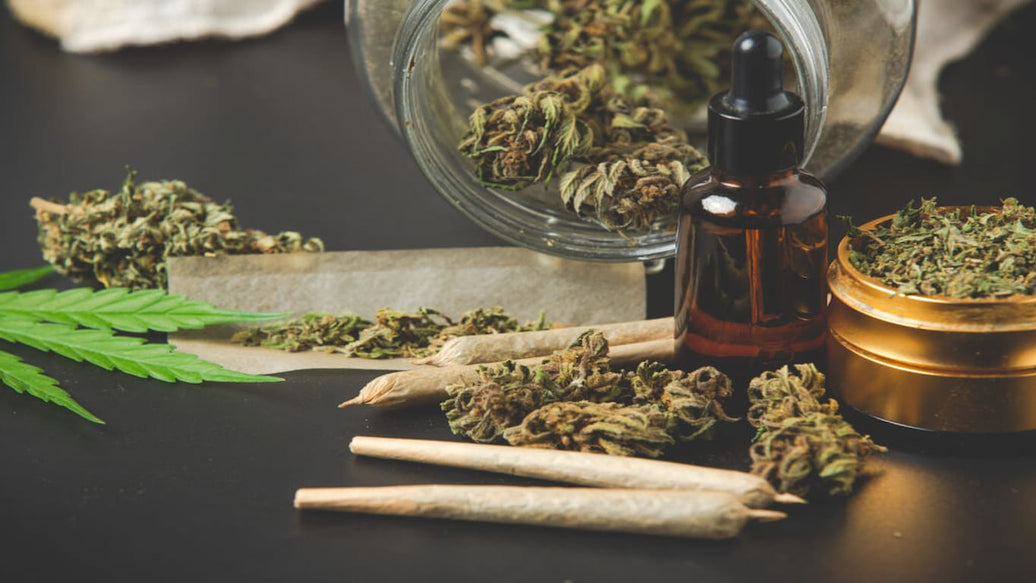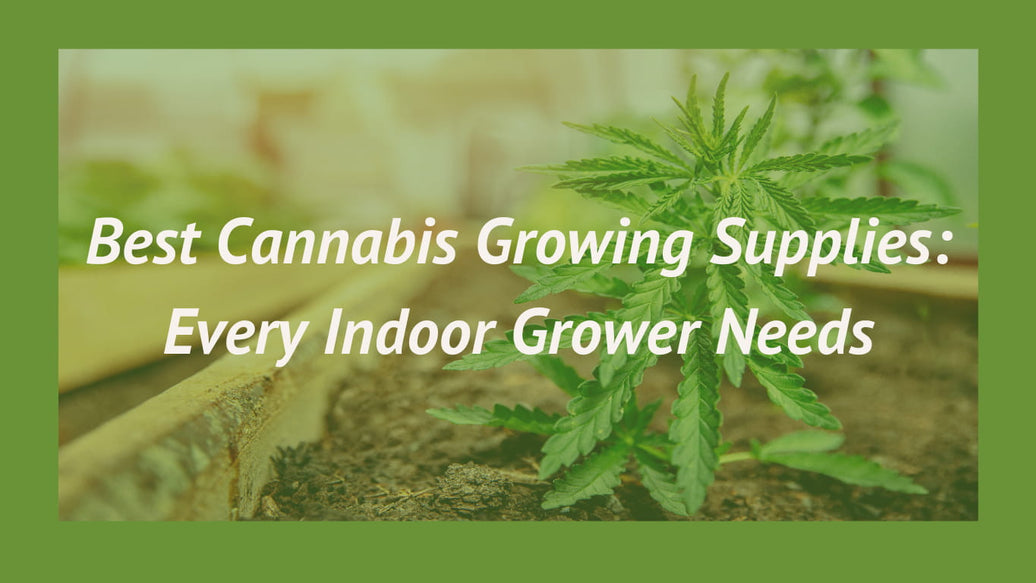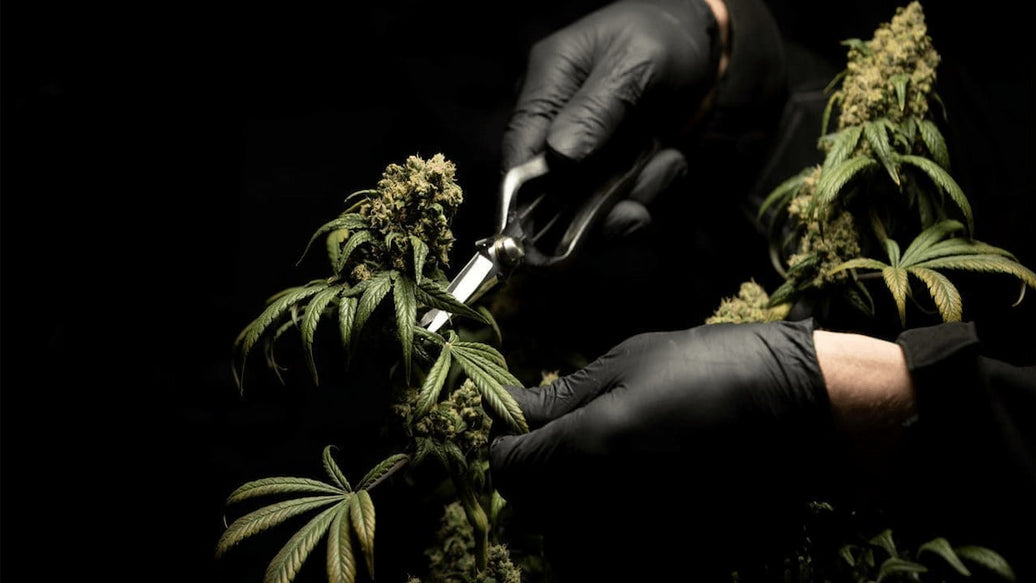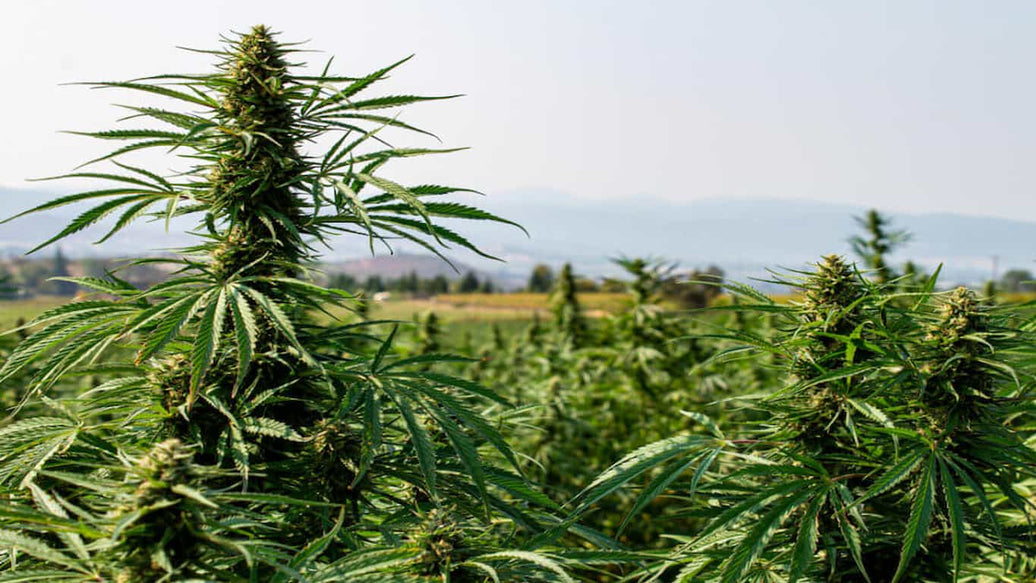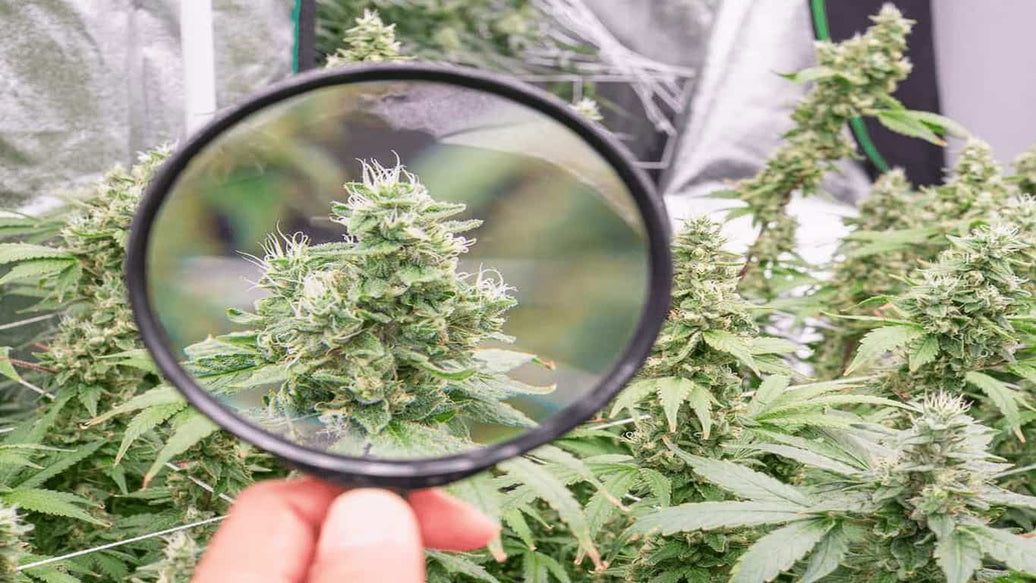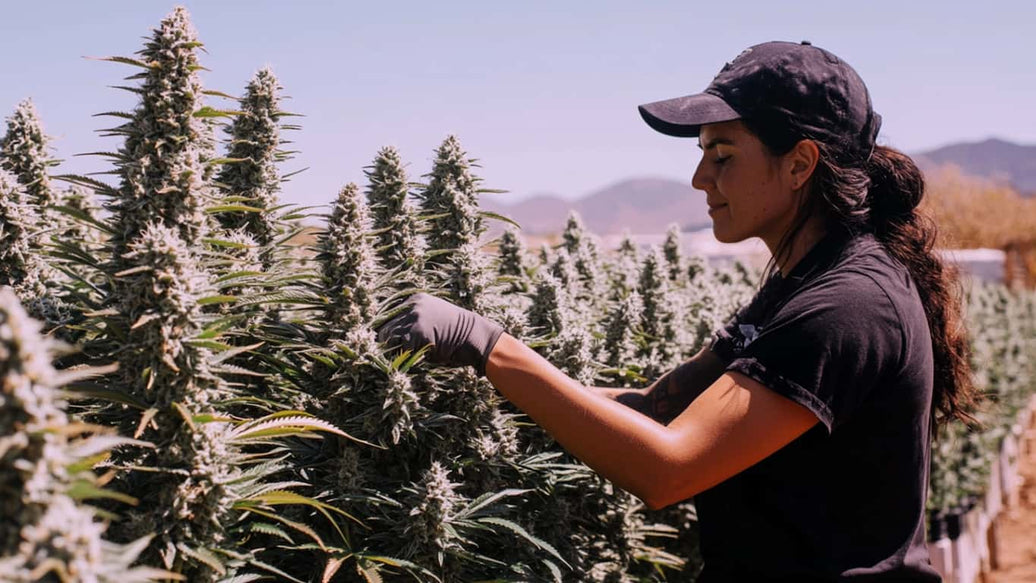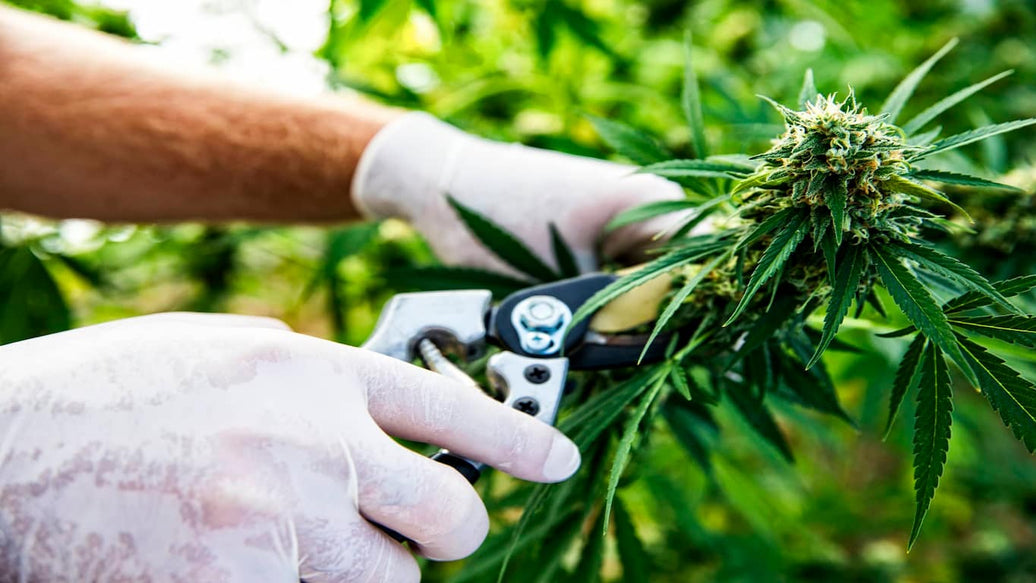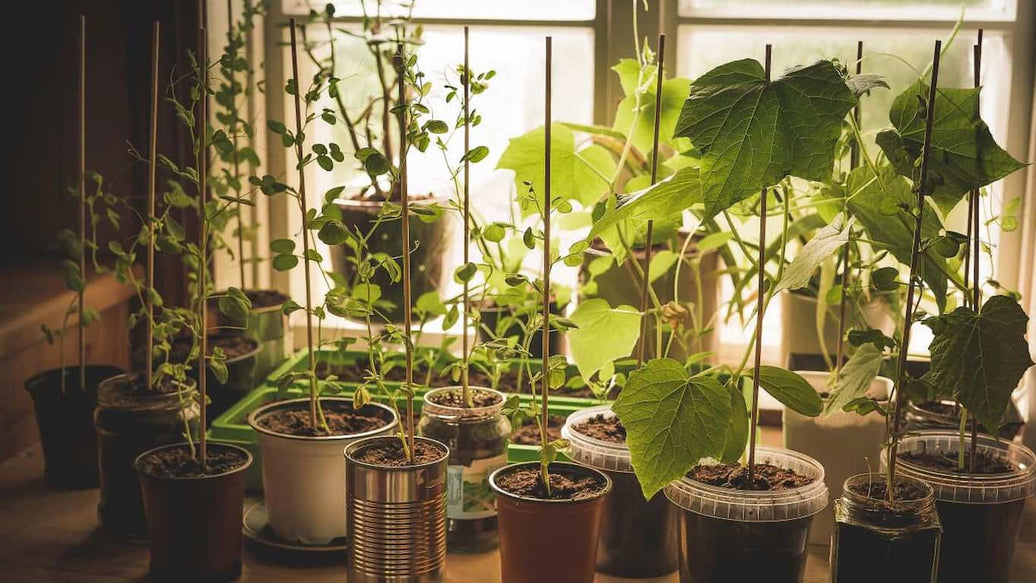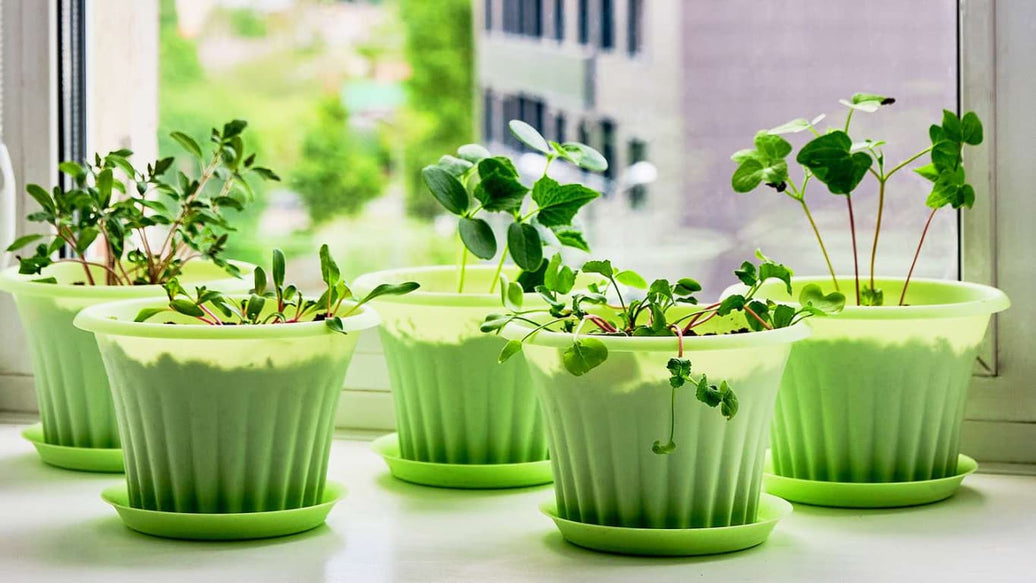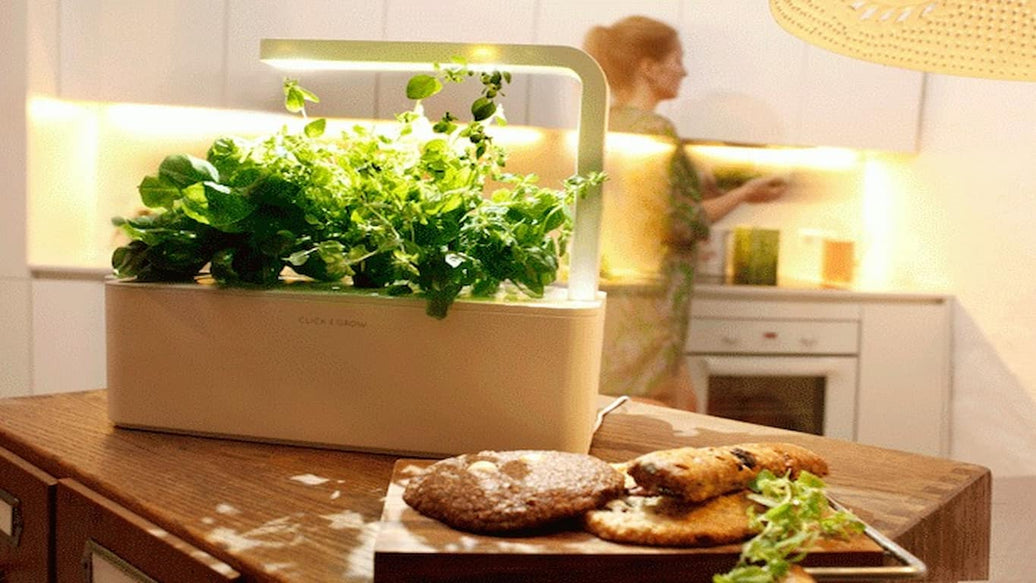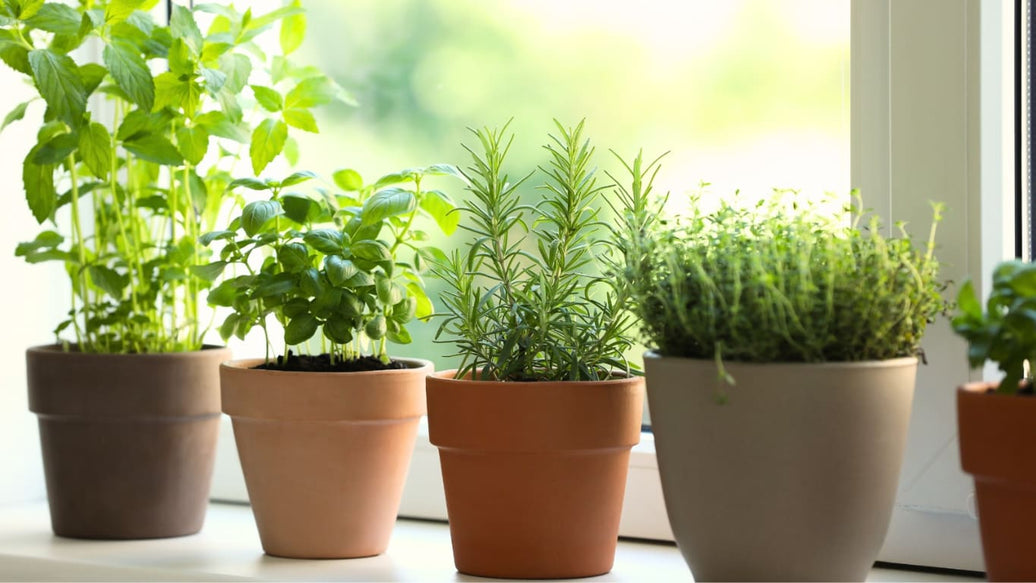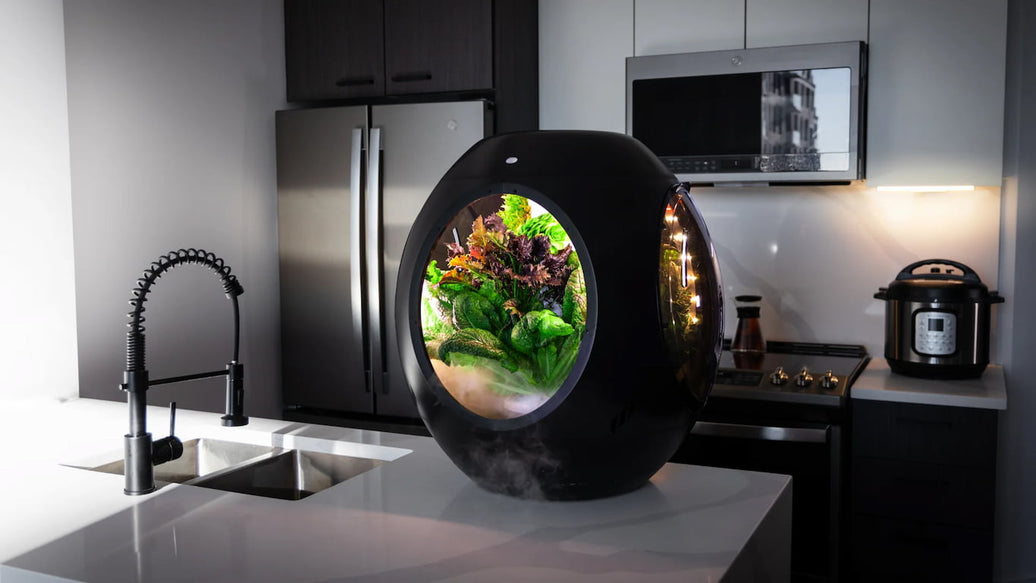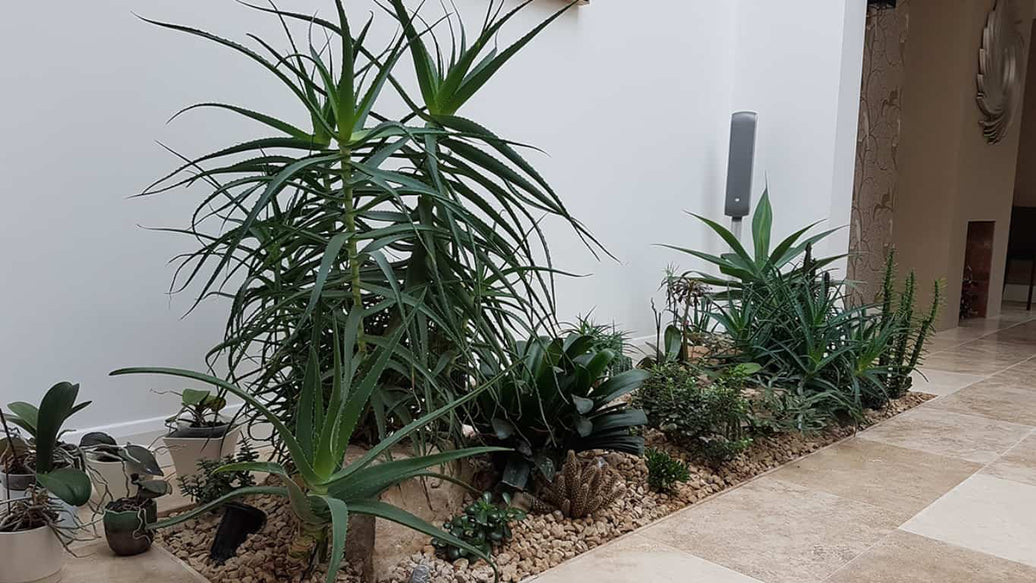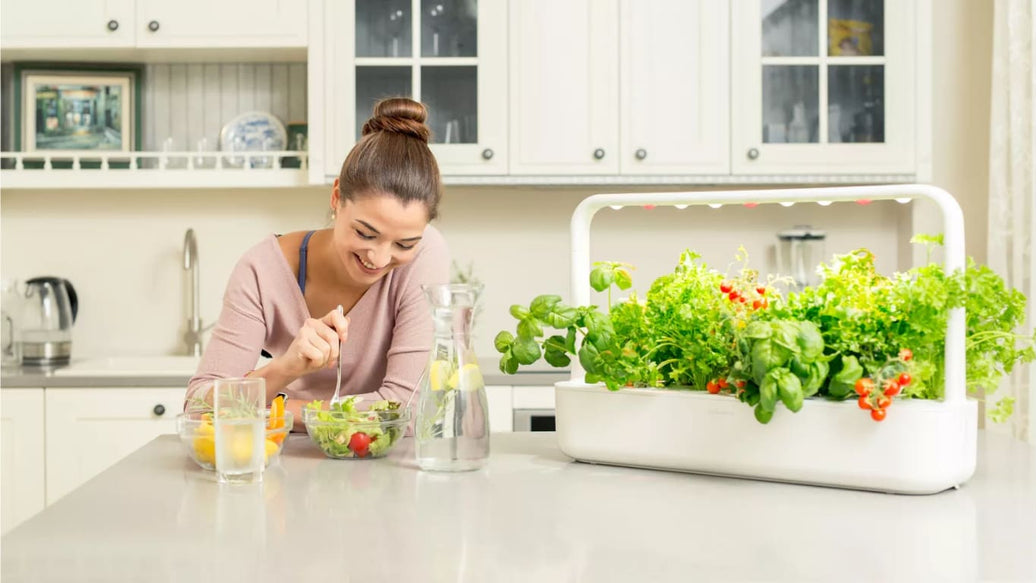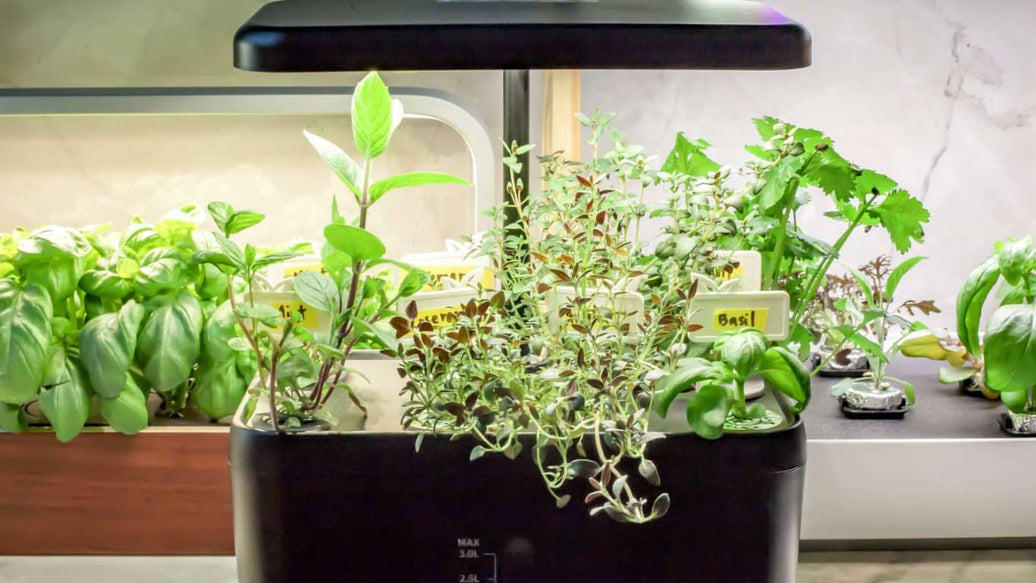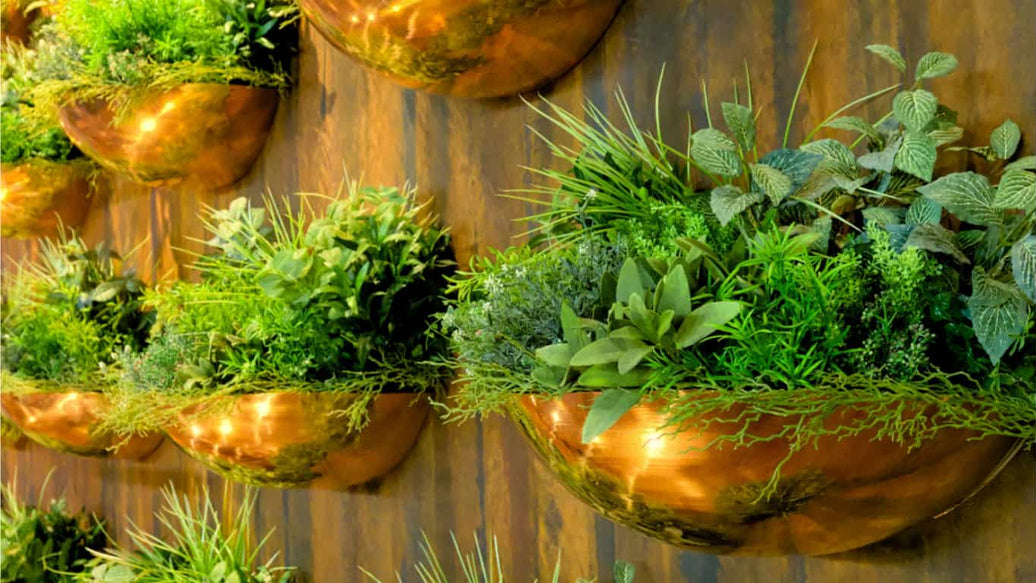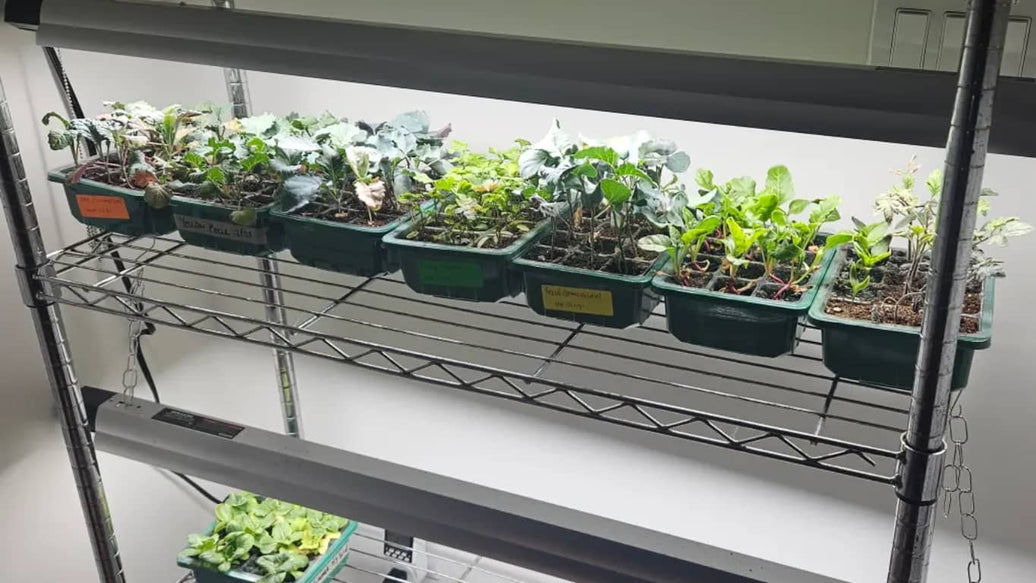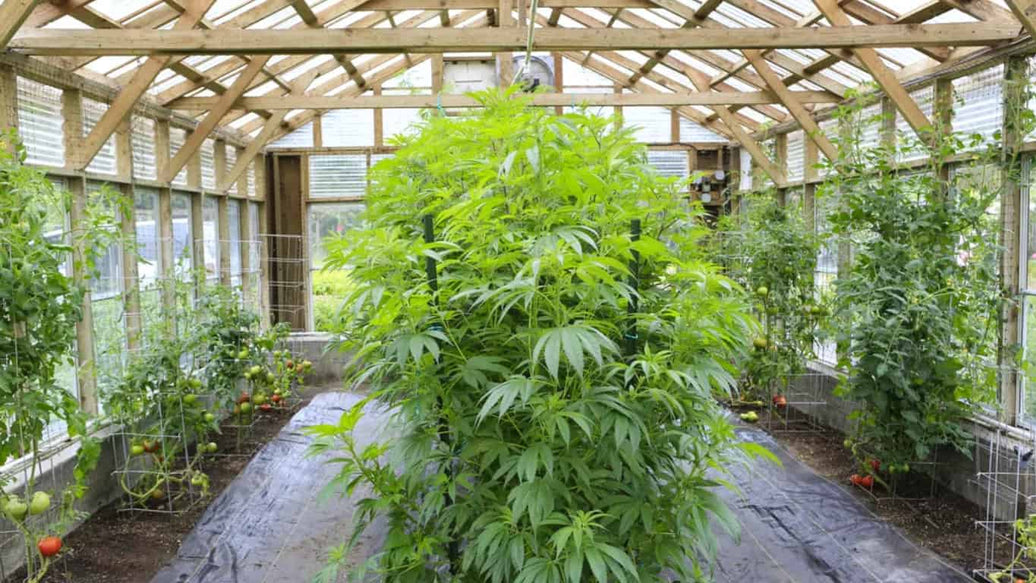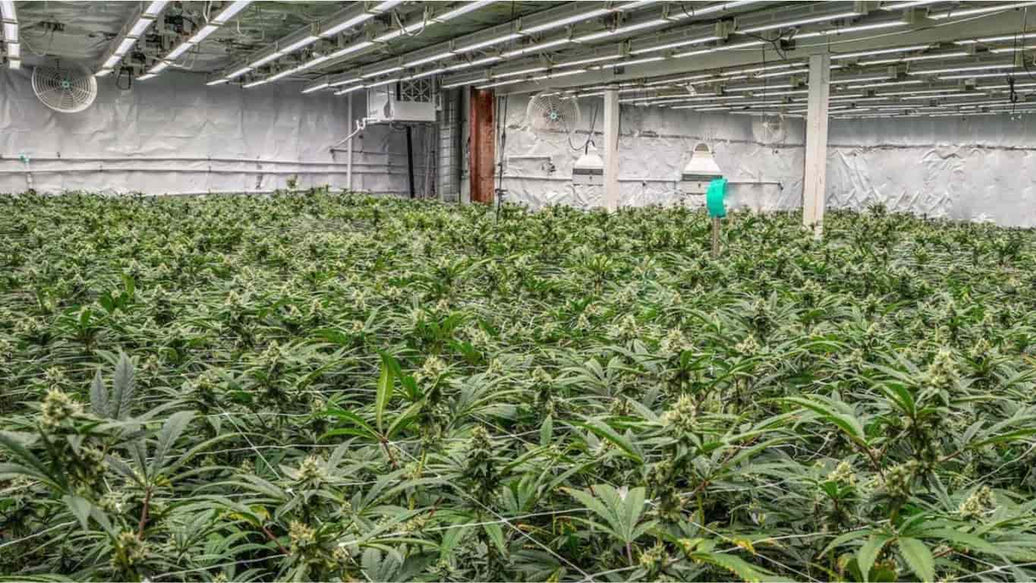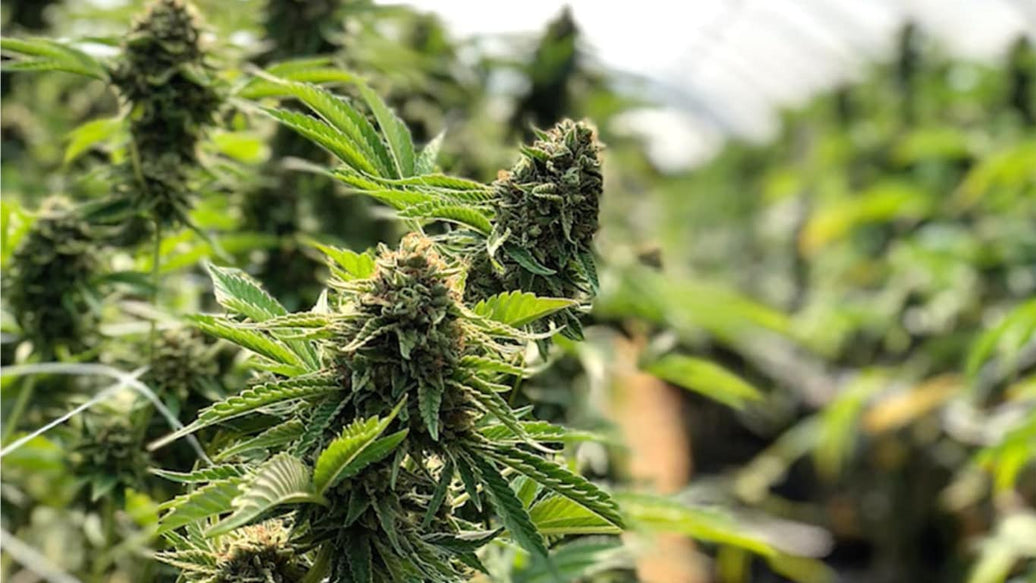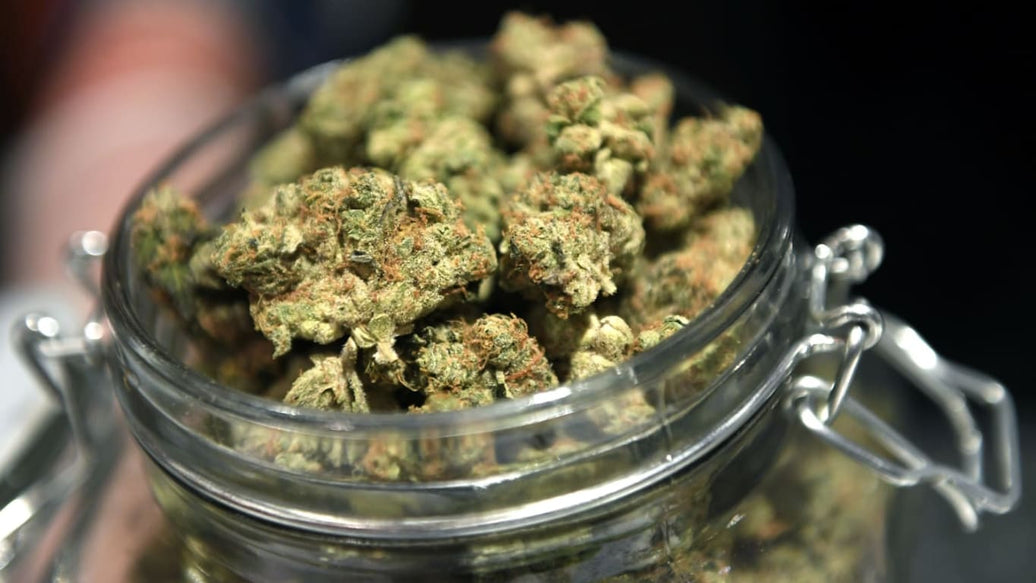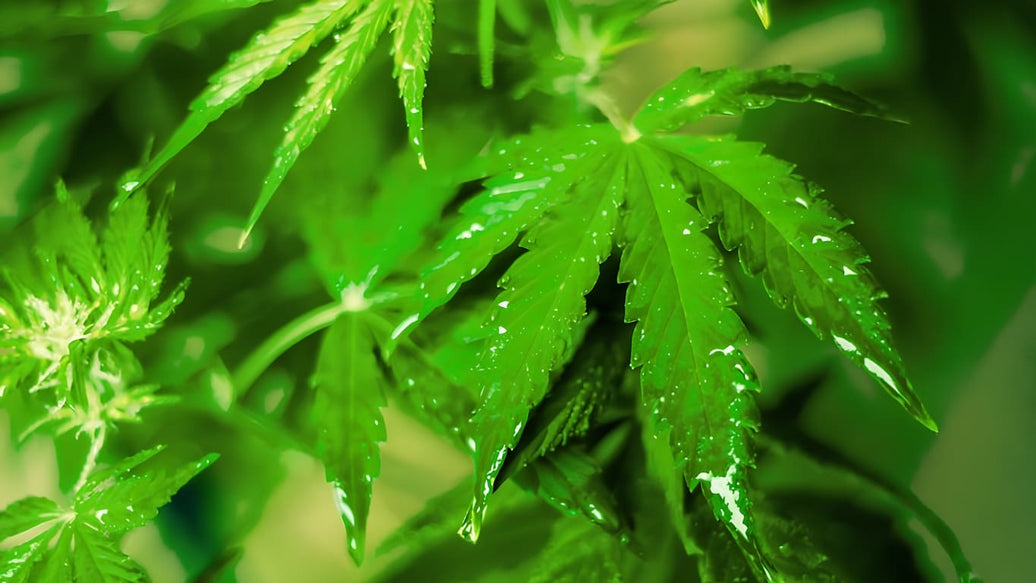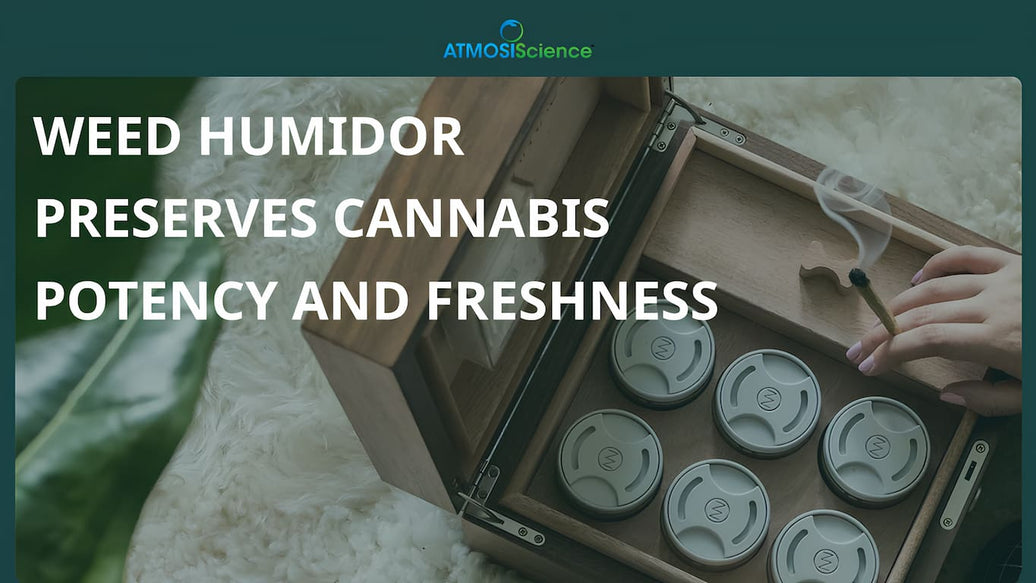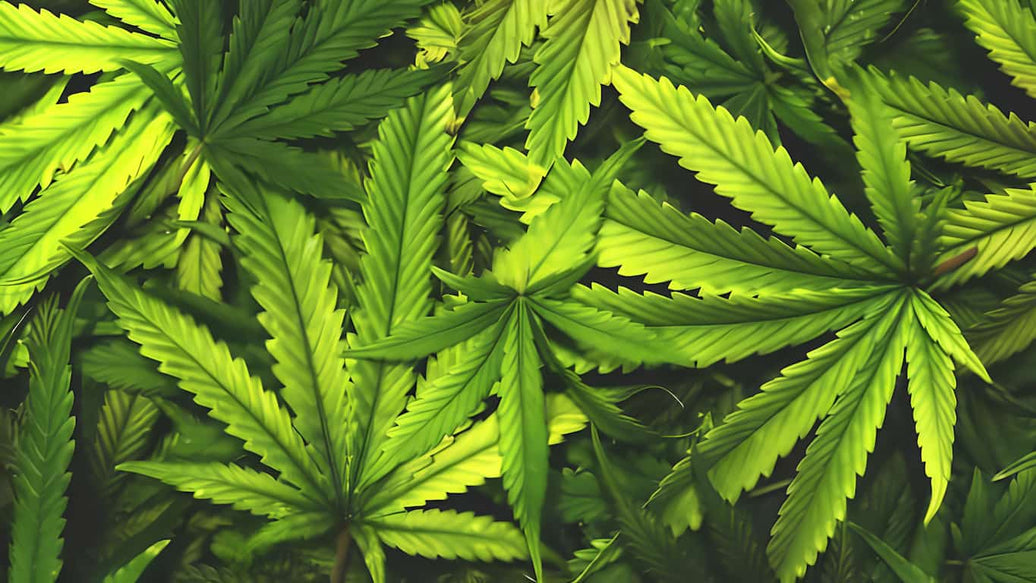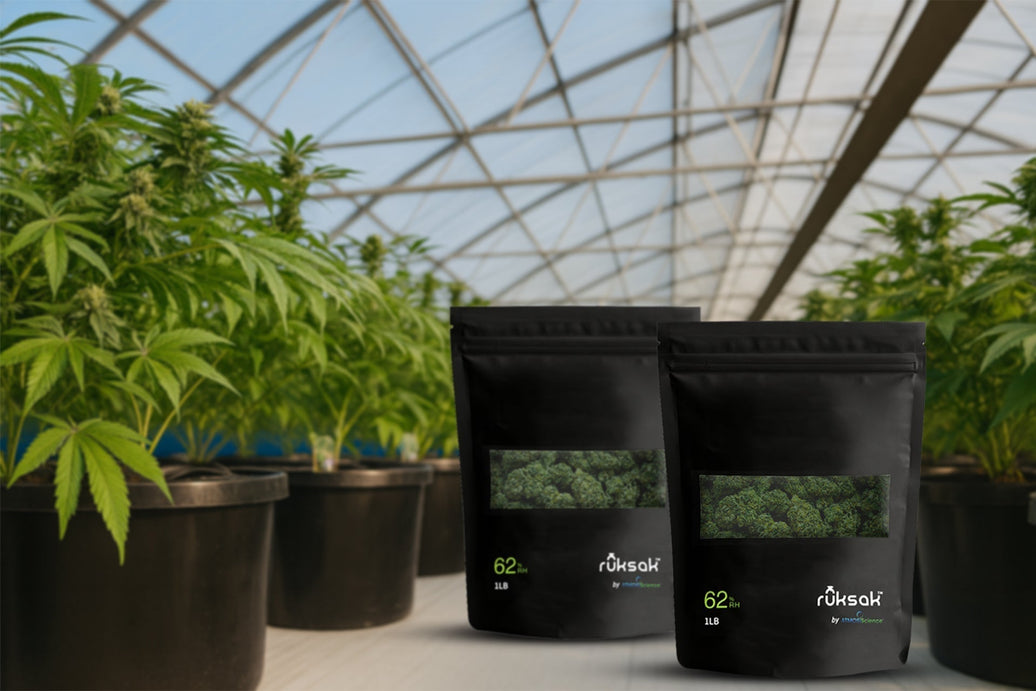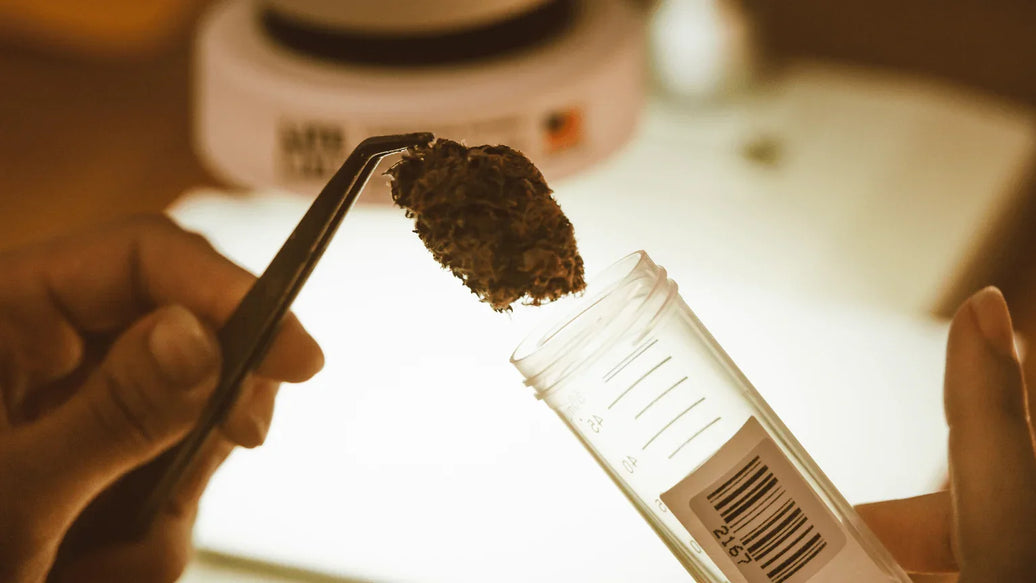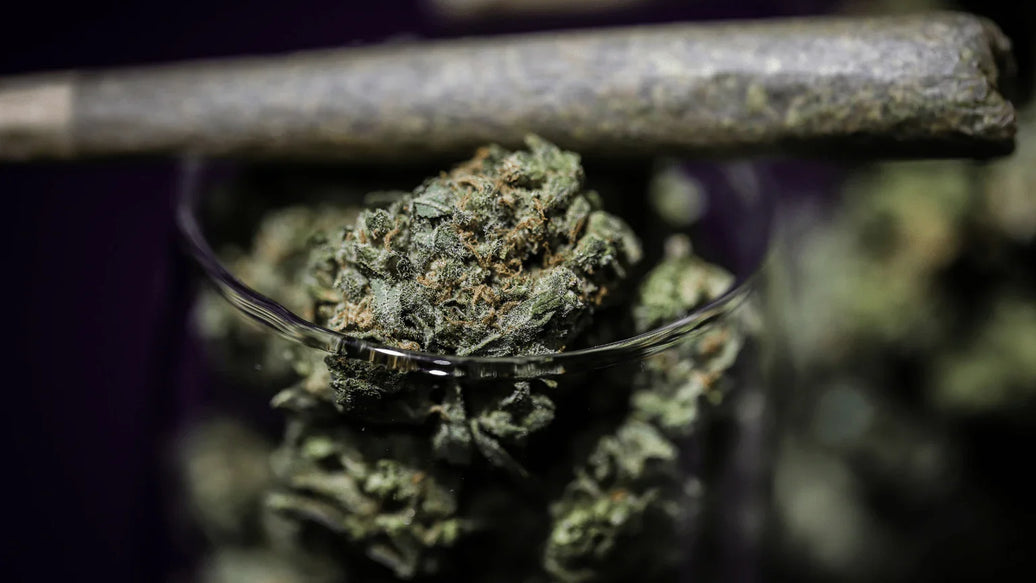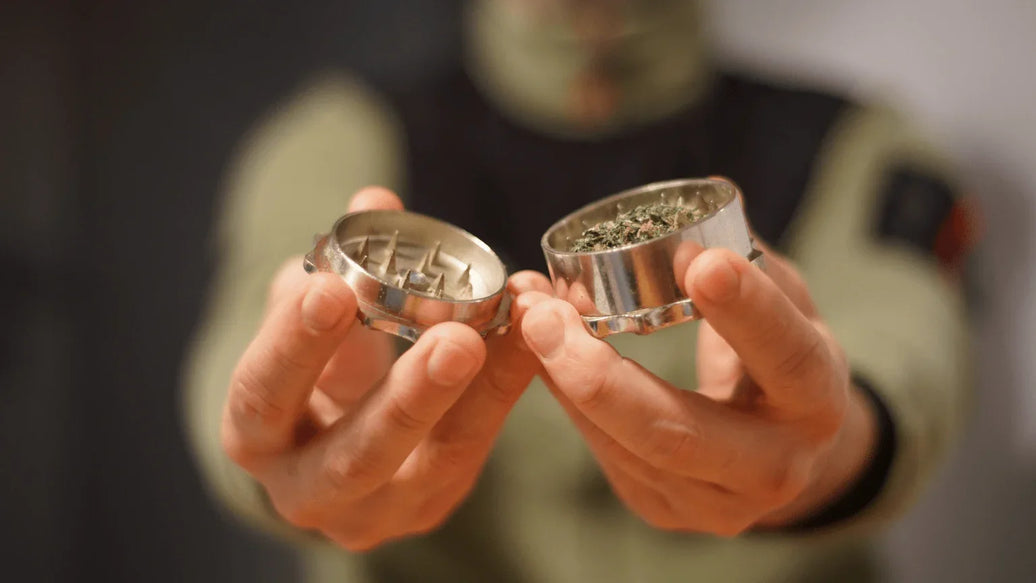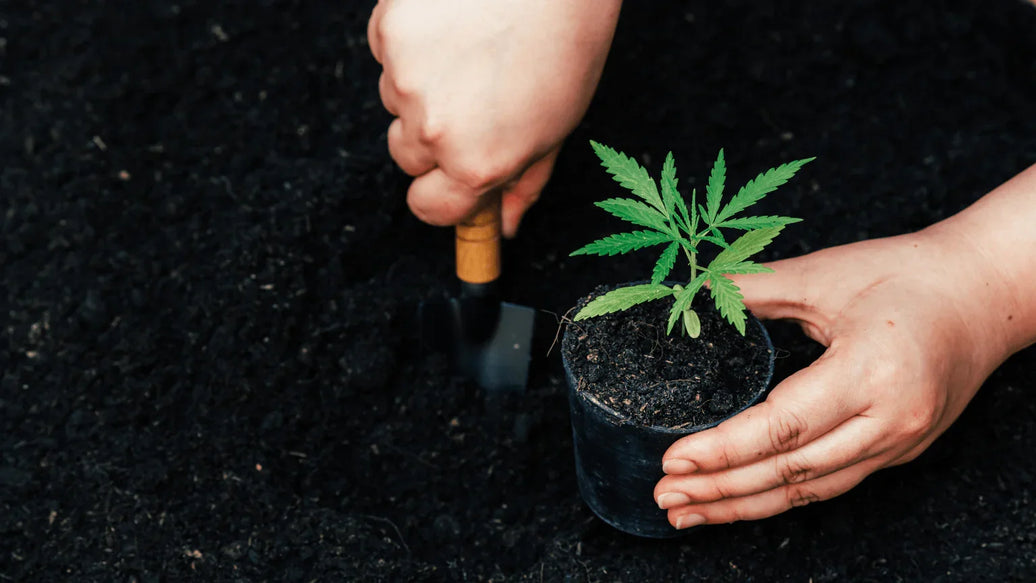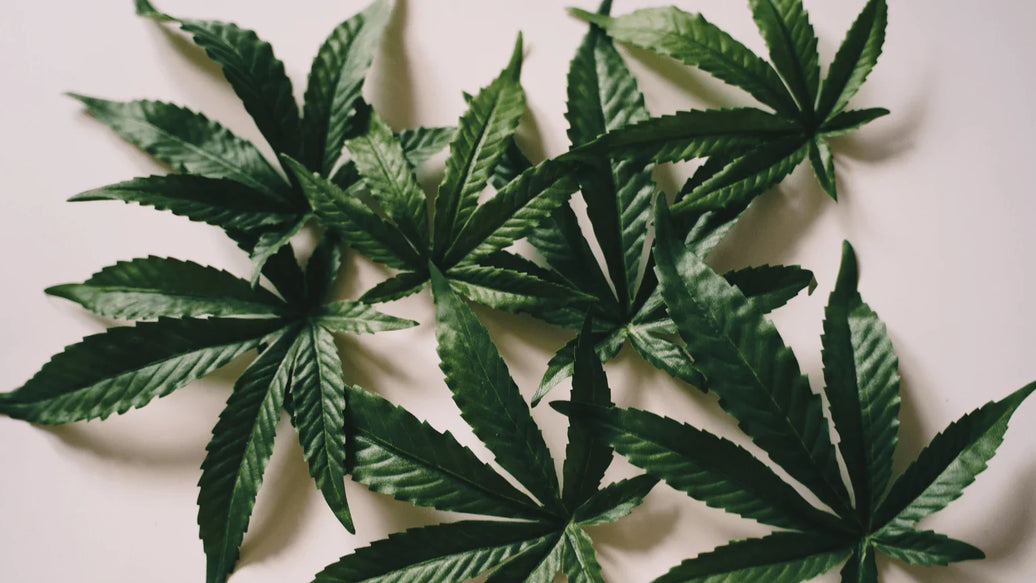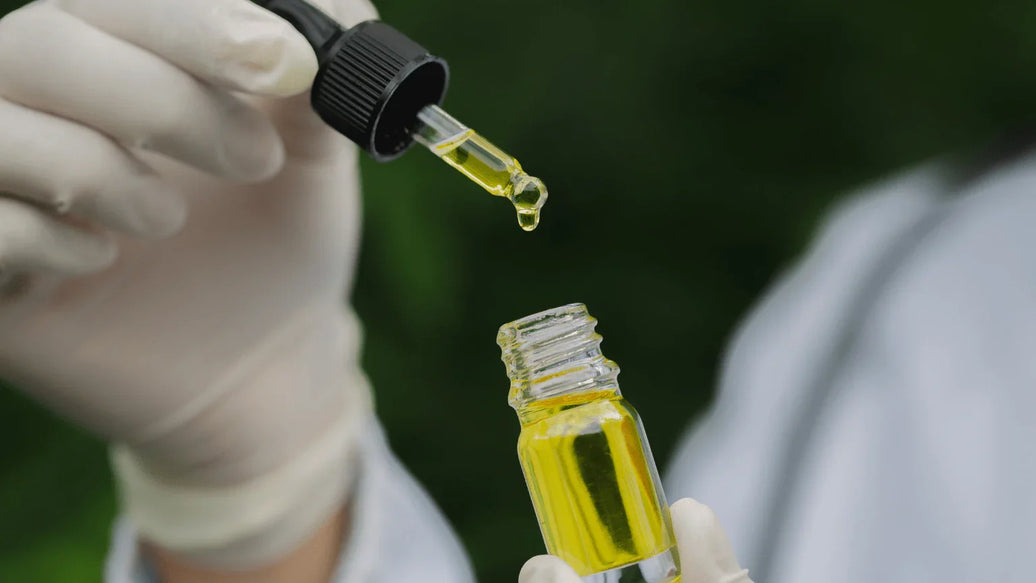Successful cannabis cultivation starts with mastering how to germinate weed seeds. Whether a novice or expert grower, reliable germination is the foundation for healthy seedlings and abundant yields. This comprehensive guide examines seed anatomy, pre-germination protocols, germination methods, optimal environmental conditions, timelines for how long does a weed seed take to sprout, troubleshooting tips, and post-germination care - all specifically tailored to cannabis cultivation.

Understanding seed anatomy and viability
Before delving into how to germinate a weed seed, it is crucial to understand the seed’s anatomy and what defines viability.
- Embryo: The living plant inside the seed that will develop into roots and shoots.
- Endosperm: Nutritional tissue that supplies energy during initial growth.
- Testa (Seed coat): A protective outer layer regulating water intake and defending against pathogens.
Seed viability depends on genetics, age, storage conditions, and moisture content. A simple float test helps identify viable seeds: soak seeds in water for 1-2 hours; those that sink are likely viable, while floating seeds are often empty or nonviable. For definitive checking, a cut test reveals white healthy tissue inside viable seeds versus brown degraded interiors in nonviable ones. Seeds should be stored in cool (4–8 °C), humidity-controlled environments to maintain viability, such as ATMOSIScience's Humidi-Cure® storage packs.
Pre-germination preparations
Seed selection and inspection
Choose mature, firm cannabis seeds with dark coloration or mottled patterns. Avoid pale, cracked, or soft seeds, as these have lower germination rates. Handle seeds gently to avoid damaging the protective testa.

Sterilization protocols
Surface sterilization reduces the risk of fungal and bacterial contamination during germination. The most effective methods include:
- Soaking seeds in 1% hydrogen peroxide (H₂O₂) for 5–10 minutes followed by a sterile water rinse.
- Alternatively, brief bleach (1:10 dilution) or 70% ethanol baths for 1–2 minutes, then rinsed thoroughly.
Maintaining sterile conditions during soaking and germination improves success rates when learning how to germinate seeds weed.
Pre-soaking and priming
Soaking seeds softens the seed coat and initiates internal metabolisms. Hydropriming (water soak) for 12–24 hours is commonly applied. Osmopriming uses mild H₂O₂ solutions to reduce dormancy inhibitors more effectively. Additionally, pre-chilling seeds at 4–10 °C for 24–72 hours simulates winter conditions to break dormancy, significantly improving germination timing and uniformity documented in cannabis research.
Germination methods compared
Paper towel technique
This method is favored for how to germinate weed seed due to visibility and control:
- Moisten two unbleached paper towels with distilled water; they should be damp, not dripping.
- Place seeds spaced apart on one towel, and cover with the second towel.
- Lay towels on a plate and cover with another plate or humidity dome to maintain moisture.
- Keep the setup in a warm (21–29 °C), dark place.
- Check daily, keeping towels moist. Seeds typically sprout within 2–7 days.
Pros include ease of monitoring radicle emergence and controlling moisture. Cons involve risk of mold if towels are over-soaked.
Direct soil germination

Planting seeds directly in soil mimics natural conditions:
- Use a light and airy medium
- Plant seeds 0.5 to 1 cm deep, lightly covering with soil.
- Maintain soil moisture without waterlogging, and keep soil temperature at 20–25 °C.
- Cover with a humidity dome until seedlings emerge.
This method reduces transplant shock and suits growers favoring organic methods.
Discover: Best Cannabis Growing Supplies Every Indoor Grower Needs
In vitro germination (lab method)
For precision research or commercial propagation:
- Sterile Petri dishes with Murashige & Skoog (MS) agar supplemented with low concentrations of H₂O₂ provide a contamination-free substrate.
- Seeds placed on agar at 24 °C under low light begin radicle growth in 1–2 days.
- Requires sterile equipment and conditions but produces consistent, rapid germination.
Environmental conditions for optimal germination
Temperature
Optimal cannabis seed germination occurs between 20 and 25°C (68–77°F). Higher temperatures (>30°C) inhibit enzyme function and reduce germination rate; temperatures lower than 15 °C slow or stop germination. Consistent warmth accelerates metabolic activity crucial for sprouting.
Humidity
Seeds need high humidity (70–90%) during germination to maintain moisture uptake. Use humidity domes or humidity packs and maintain airflow to prevent fungal growth. ATMOSIScience’s humidity control products support maintaining ideal moisture conditions.

Light
Cannabis seeds are photoblastic neutral, requiring darkness to begin germination. After radicle emergence, gradually introduce indirect light for healthy seedling growth.
Timeline: How long does a weed seed take to sprout?
Timing depends on seed quality, pretreatment, and conditions. Typically:
- Radicle emergence: within 24–72 hours under optimal conditions.
- Cotyledons visible: 3–5 days from soaking or planting
- First true leaves: emerge around 7–10 days.
Strains vary genetically in germination speed. Priming and controlled environments shorten the timeline for how long does a weed seed take to sprout reliably.
Troubleshooting common germination issues
- No sprout after 5 days: Check if seeds are viable and humidity and temperatures are in range.
- Mold or rot: Improve sterilization, reduce humidity to ~70%, and increase ventilation. Consider H₂O₂ sprays.
- Leggy seedlings: Indicates insufficient light; provide 16-18 hours of gentle LED light soon after sprouting.
Post-germination care and transplant
Once seedlings develop healthy cotyledons and 1–2 cm roots:
- Harden off by gradually exposing them to normal humidity and airflow over several days.
- Transplant carefully using ATMOSIScience jar liners and 1 lb ruksak bags to keep seedlings safe during transport or temporary storage.

Conclusion
Understanding how to germinate weed seeds is vital for thriving cannabis cultivation. Start with viable seeds, sterilize and prime properly, choose a germination method that suits your expertise, optimize temperature and humidity, and closely monitor the timeline. Use ATMOSIScience’s advanced storage products to maintain seed and seedling vigor through the entire process.
Explore more: How to Keep Weed Fresh for Months: Top Proven Storage Tips

